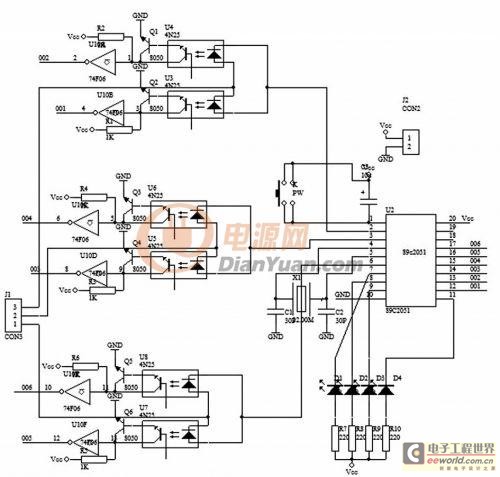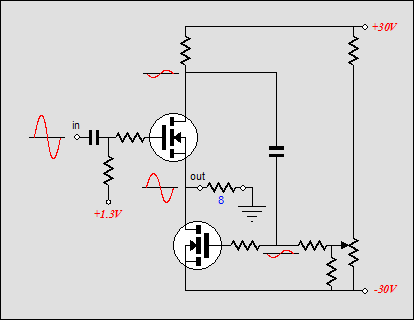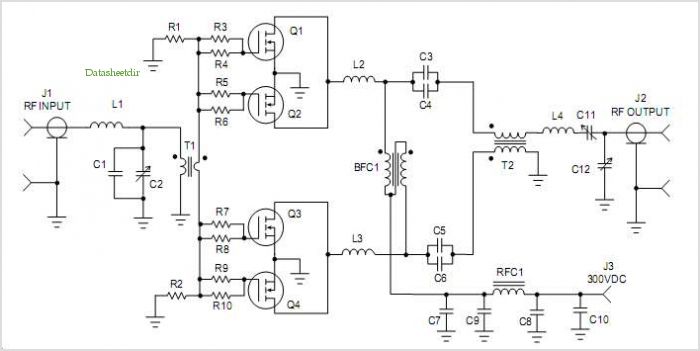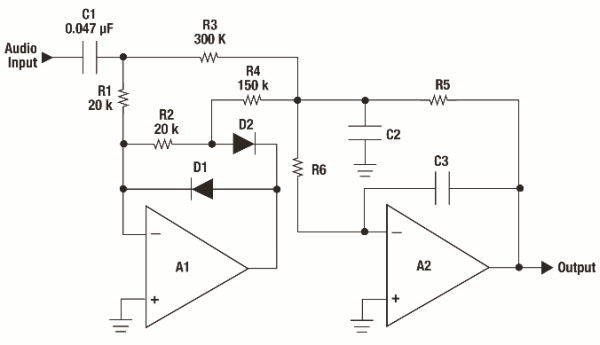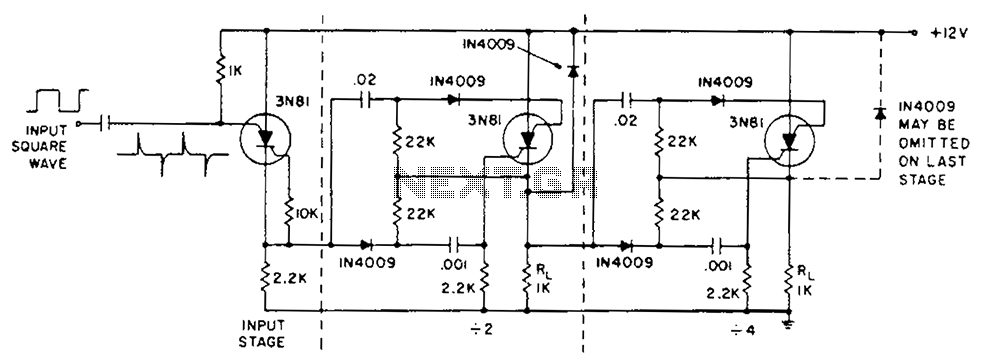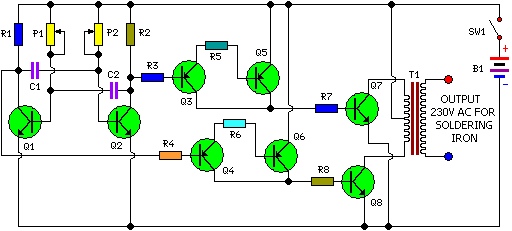
Low cost ring counter
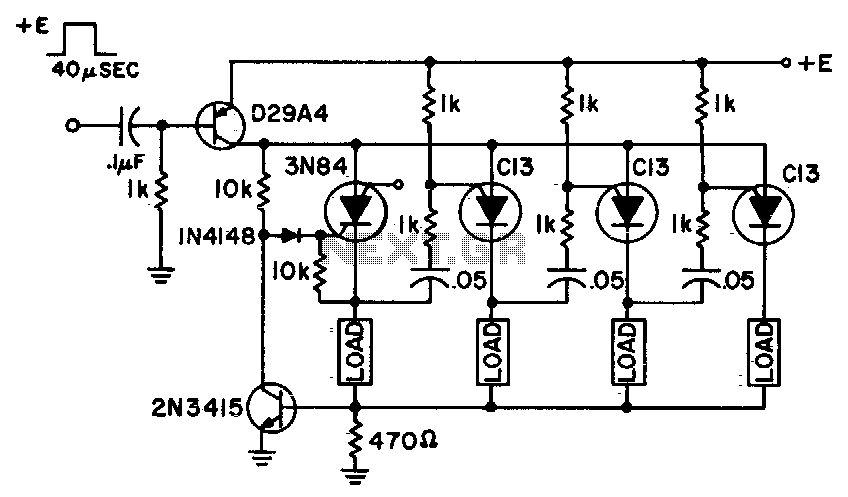
This ring counter creates an efficient, low-cost circuit that features automatic resetting through the first stage 3N84. Additionally, it allows for cascading as many stages as desired.
The ring counter is a type of sequential circuit that consists of a series of flip-flops connected in a ring configuration. In this specific implementation, the 3N84 transistor serves as a key component in the automatic resetting mechanism. The circuit operates by cycling through a predefined number of states, with each flip-flop representing one state of the counter.
The automatic reset feature ensures that the counter returns to its initial state after reaching the maximum count, promoting reliability and simplifying the design. This is particularly useful in applications where a continuous counting sequence is necessary without manual intervention.
Cascading additional stages allows for the extension of the counting range. Each additional flip-flop increases the total number of states the counter can represent, thereby providing flexibility in various applications. The design can be tailored to meet specific requirements by adjusting the number of stages, making it suitable for both simple and complex counting tasks.
The overall efficiency and low cost of this ring counter design make it ideal for use in digital electronics, timing applications, and any scenario where a reliable counting mechanism is needed. The integration of the 3N84 transistor enhances the circuit's performance, ensuring that it operates effectively within its intended parameters.This ring counter makes an efficient, low cost circuit featuring automatic resetting via the first stage 3N84 As many stages as desired may be cascaded. 🔗 External reference
The ring counter is a type of sequential circuit that consists of a series of flip-flops connected in a ring configuration. In this specific implementation, the 3N84 transistor serves as a key component in the automatic resetting mechanism. The circuit operates by cycling through a predefined number of states, with each flip-flop representing one state of the counter.
The automatic reset feature ensures that the counter returns to its initial state after reaching the maximum count, promoting reliability and simplifying the design. This is particularly useful in applications where a continuous counting sequence is necessary without manual intervention.
Cascading additional stages allows for the extension of the counting range. Each additional flip-flop increases the total number of states the counter can represent, thereby providing flexibility in various applications. The design can be tailored to meet specific requirements by adjusting the number of stages, making it suitable for both simple and complex counting tasks.
The overall efficiency and low cost of this ring counter design make it ideal for use in digital electronics, timing applications, and any scenario where a reliable counting mechanism is needed. The integration of the 3N84 transistor enhances the circuit's performance, ensuring that it operates effectively within its intended parameters.This ring counter makes an efficient, low cost circuit featuring automatic resetting via the first stage 3N84 As many stages as desired may be cascaded. 🔗 External reference
